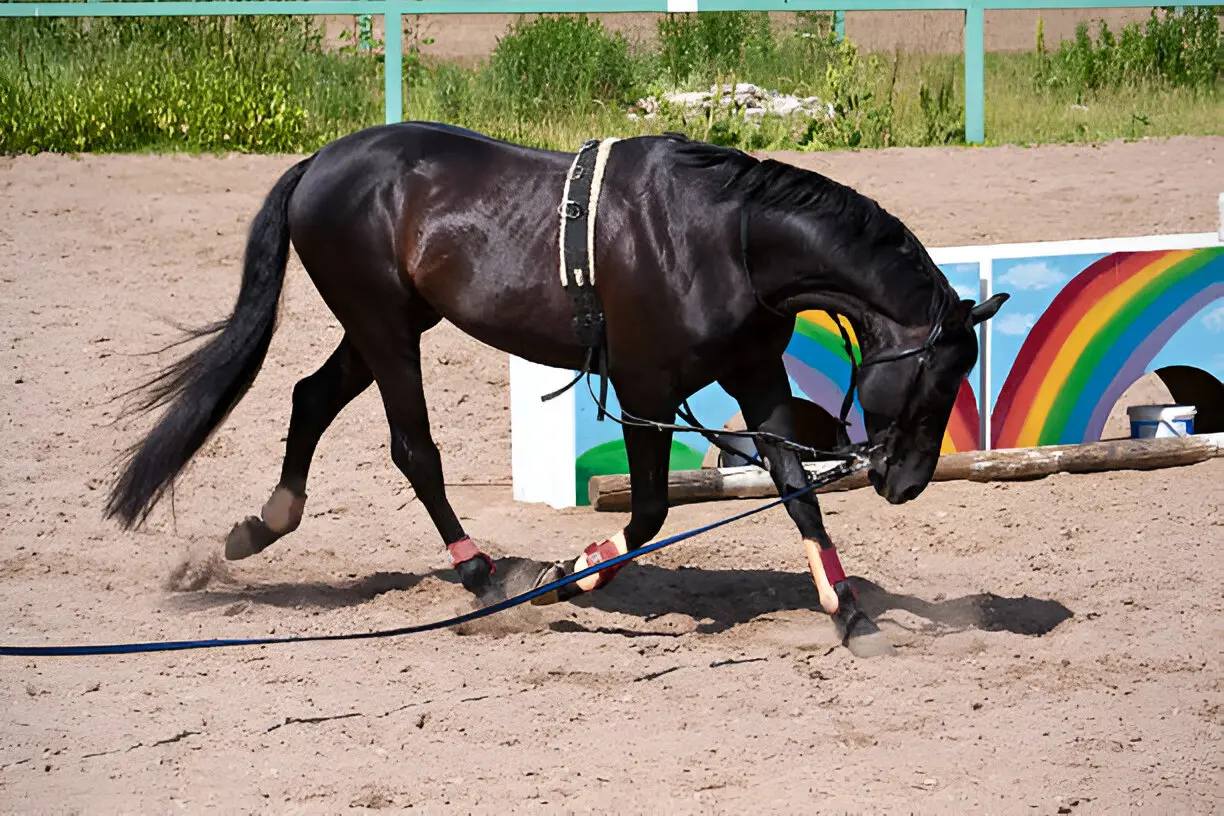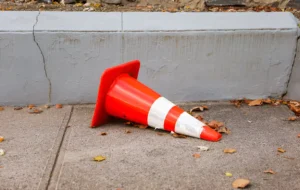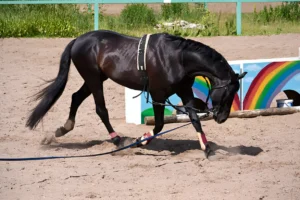Cavaletti, a series of raised poles or small jumps, offers versatile tools for enhancing a horse’s balance, coordination, and strength. Initially developed for dressage, these low-impact obstacles are widely used across various disciplines, from eventing to show jumping. By adjusting height, spacing, and patterns, trainers can create engaging exercises tailored to a horse’s skill level and development goals.
One particularly effective use of cavaletti is refining a horse’s stride and rhythm. Incorporating a horse jump cavaletti setup into regular training can improve the horse’s awareness of foot placement and overall agility. Whether used at the walk, trot, or canter, these exercises encourage active engagement of the hindquarters and help build muscle tone over time, supporting both performance and soundness.
Benefits of Cavaletti Training
- Coordination and Balance: Cavaletti work helps horses enhance proprioception, balance, and coordination.
- Muscle Development: It strengthens legs, back, hindquarters, and core muscles for posture.
- Improved Gait and Rhythm: Repetitive pole work fosters steady cadence, mainly benefiting trot and canter.
Setting Up Cavaletti Exercises
- Materials and Safety: Use straight, splinter-free poles anchored securely. Ensure an even training surface with ample space for safe approaches and exits. Check equipment for damage before each session.
- Assess Your Horse’s Level: Use individual poles for inexperienced or injured horses. Gradually add lines of two to four poles at proper distances for walk, trot, or canter as your horse develops confidence.
Sample Cavaletti Exercises
Simple Setups in Walk and Trot
Walking your horse over a single cavaletti is the best starting point, easing them into stepping purposefully. Gradually increase the number of poles—usually up to four—set approximately 80 to 90 cm apart for walking, helping your horse maintain a steadier pace and develop a deliberate step. Once comfortable, shifting to the trot with poles around 1.2 to 1.4 meters apart can stimulate more impulsion and engagement.
Cavaletti on Curved Lines
Positioning cavaletti on a gentle curve asks more from your horse, promoting lateral suppleness and enhanced hindquarter engagement. This setup encourages horses to flex through their bodies and maintain balance as they move through corners, deepening core strength and teaching correct bend through turns.
Trot and Canter Figure-Eight
For advanced horses, designing a figure-eight with trot cavaletti on one loop and canter cavaletti on the other introduces transitions and tests agility. This encourages physical adaptability and attentiveness to the rider’s aids, refining the horse’s responsiveness while building stamina and coordination.
Progressing with Cavaletti Training
- Increased Heights: To add challenge, raise the poles using stackable blocks or custom standards. Increased height prompts a greater lifting action of the legs and more intensive muscle use—always introduce elevation gradually and under supervision.
- Complex Patterns: Mix cavaletti with small jumps, cones, or other obstacles for versatile gymnastic lines. These scenarios encourage quick thinking and adaptability and foster a proactive attitude in the horse and rider.
Safety Considerations
- Inspect all equipment for stability and surface condition before introducing your horse to an exercise.
- Watch your horse for signs of uncertainty, fatigue, or discomfort, and adjust activities as needed.
- Customize each setup to fit your horse’s experience level, fitness, and training goals to avoid overfacing or injury.
Also Read-Top Memorial Quotes for Celebrating Life and Legacy








